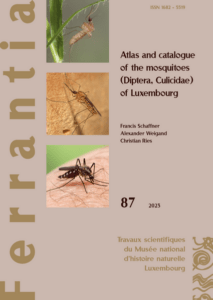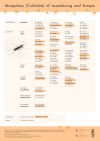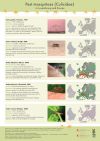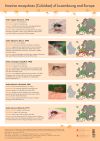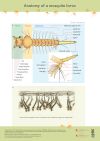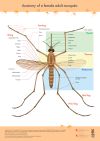 The Ministry of Health informs that eggs of the invasive Asian tiger mosquito Aedes albopictus have been detected near Capellen (Municipality of Mamer) in the week of 17-23 July 2023.
The Ministry of Health informs that eggs of the invasive Asian tiger mosquito Aedes albopictus have been detected near Capellen (Municipality of Mamer) in the week of 17-23 July 2023.
In the next few days, the Luxembourg authorities, with the support of an expert, will assess the situation and take all necessary actions.
Communicated on 2023-07-31 by the Ministry of Health: Détection de la présence du moustique tigre au Luxembourg
The invasive Asian tiger mosquito Aedes albopictus has first been detected in 2022: First detection of the invasive Asian tiger mosquito Aedes albopictus in Luxembourg
More information:
- How to deal with mosquitoes around my house? (LB, FR, DE, EN, PT)
- Aedes albopictus on neobiota.lu (EN)
Page content last updated on 2023-07-31.

